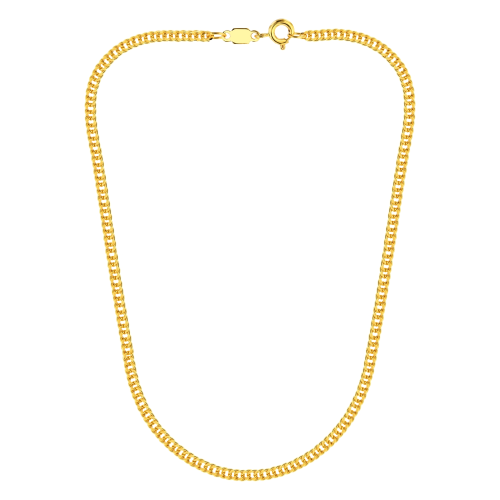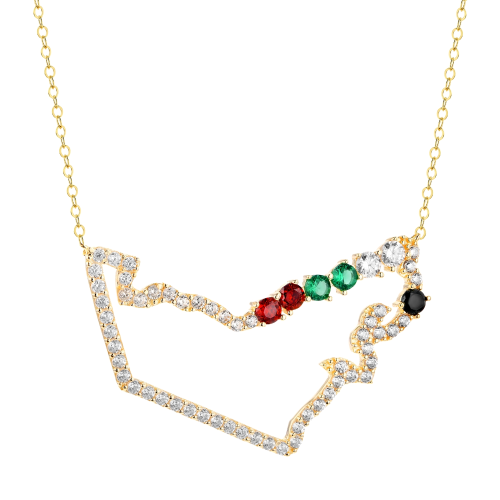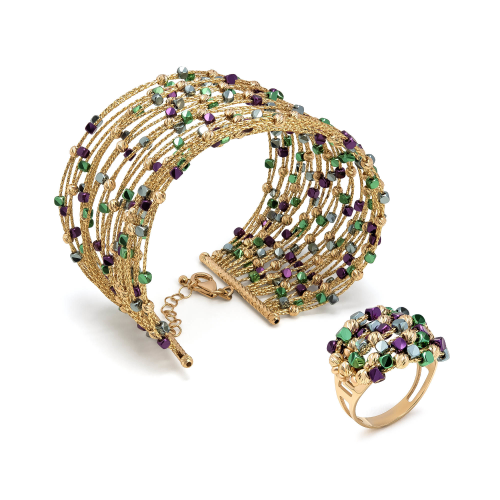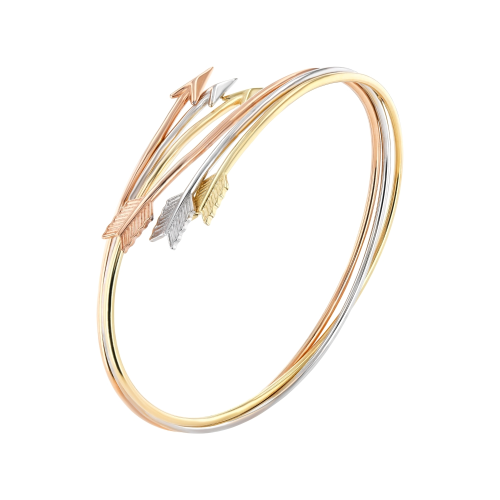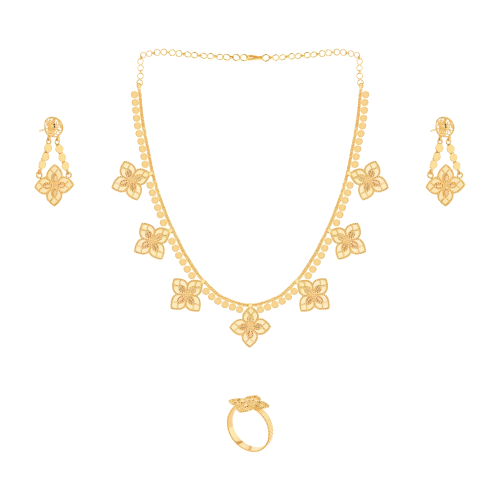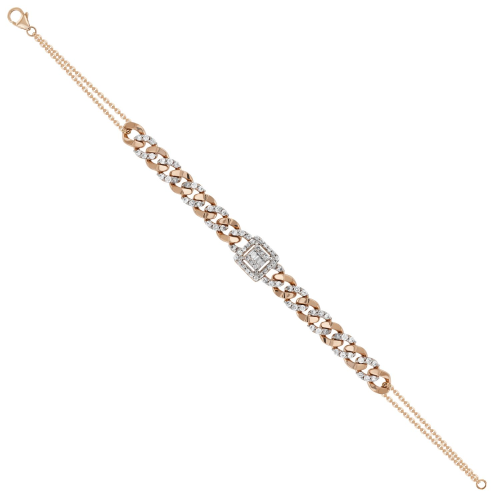The Forgotten Tools of Pearl Divers: How Ancient Skills Shape Modern Gold Settings Introduction
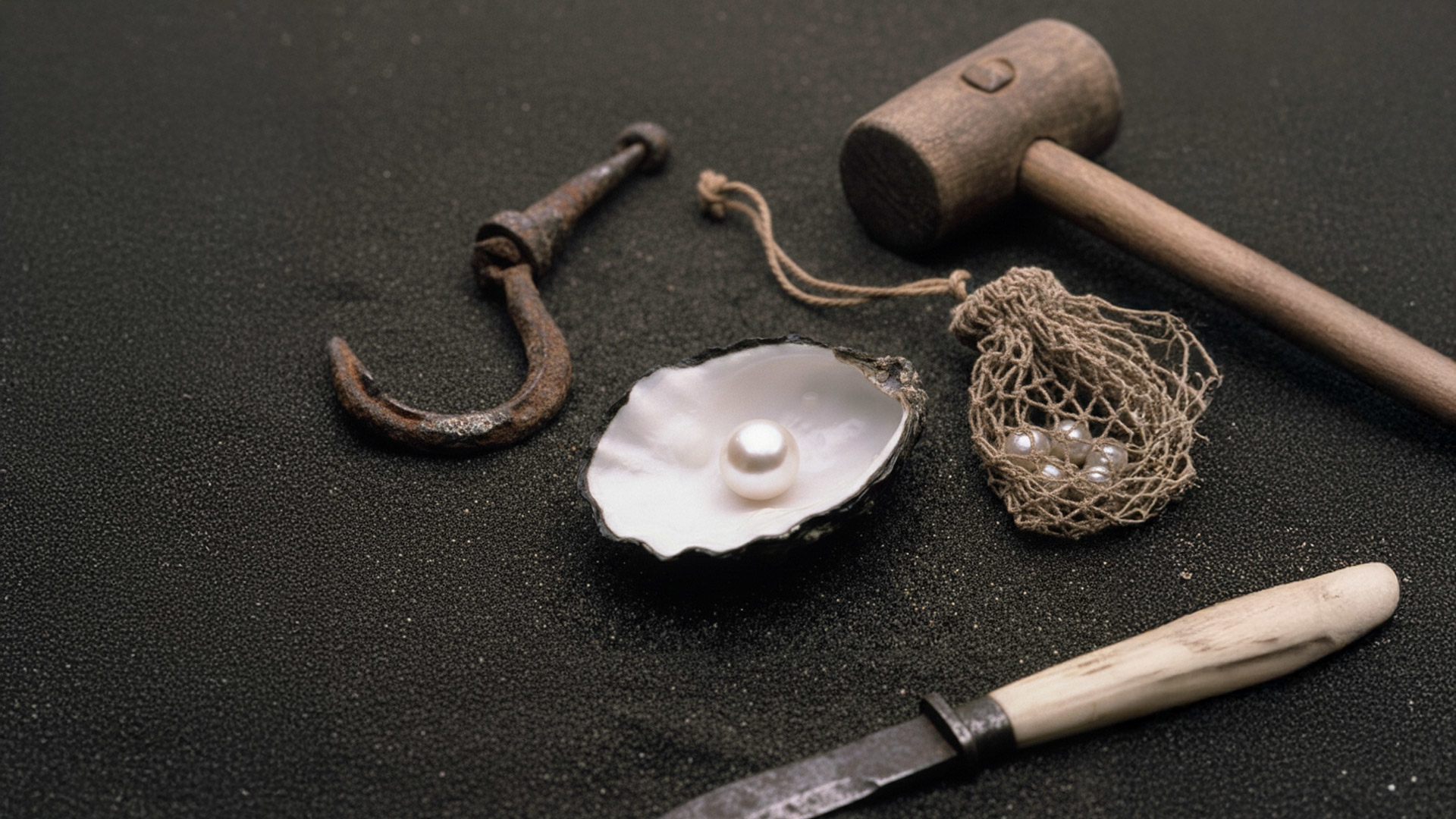
When you admire a beautiful pearl set in gold, do you ever wonder about the history behind it? The journey of a pearl from the ocean floor to your jewelry box is fascinating. But few people know about the ancient tools that made this journey possible. Pearl divers used special equipment for thousands of years, and these forgotten tools still influence how jewelers work with pearls today.
In this article, we'll explore the amazing history of pearl diving tools and discover how they shaped the modern gold settings we love.
The History of Pearl Diving: Where It All Started
Pearl diving is one of the oldest professions in the world. People have been diving for pearls for over 2,000 years. The Persian Gulf, the Red Sea, and the coasts of Japan were famous pearl diving regions. Divers would hold their breath and swim deep underwater to find oyster shells hidden on the ocean floor.
These brave divers faced many dangers. They had no modern equipment like oxygen tanks or wetsuits. They could only stay underwater for a few minutes at a time. Yet they managed to collect thousands of pearls that became treasured by kings and wealthy merchants.
The tools they used were simple but clever. Each one served a specific purpose in the pearl diving process. Understanding these tools helps us appreciate the skill and dedication ancient pearl divers possessed.
The Main Tools of Ancient Pearl Divers
The Diving Basket
The diving basket was one of the most important tools. Divers would fill these baskets with rocks or weights to help them sink quickly to the ocean floor. Once underwater, they would collect oyster shells and place them in the basket. Then workers on the boat would pull the basket back to the surface using ropes.
This tool saved divers precious minutes underwater. By sinking quickly, they could spend more time collecting pearls instead of fighting to go deeper.
The Knife or Shell Opener
Pearl divers carried special knives to open oyster shells on the ocean floor. These knives had curved blades made from bone or metal. The curved design helped divers pry open shells without breaking them.
This tool required great skill to use. Divers had to work quickly while holding their breath. A skilled diver could open several oysters in just a few minutes.
The Net or Pouch
Divers wore nets or pouches around their waists to collect smaller pearls and shells. These were often made from woven plant materials or leather. The net design allowed water to flow through while keeping the pearls secure.
The Nose Clip
Many divers used simple nose clips made from bone or horn. These helped control their breathing and prevented water from entering their nose during dives. While basic, this tool made diving safer and more comfortable.
The Ear Protector
Divers' ears faced pressure changes when diving deep. Some divers used materials like cloth or plant fibers to protect their ears. This simple tool helped prevent damage and ear infections.
How These Ancient Tools Influenced Modern Jewelry Making
The tools of ancient pearl divers weren't just useful for collecting pearls. They also influenced how jewelers learned to handle and work with pearls.
Respect for the Pearl
Ancient divers understood that pearls were precious and fragile. This respect passed down through generations of pearl traders and jewelers. Today, modern jewelers treat pearls with the same care. They use special tools and techniques to protect the pearl's surface when setting it in gold or other metals.
Precise Tool Work
Pearl divers needed tools that could work with precision. Their knives had to cut exactly right to open oysters without damaging the pearl inside. This attention to detail became part of jewelry-making culture.
Modern jewelers inherited this tradition. They use precisely crafted tools to set pearls into gold settings. The skills developed over thousands of years of pearl diving shaped how jewelers work today.
Understanding Pearl Quality
Ancient divers learned to spot high-quality pearls quickly. They knew which oysters were most likely to contain perfect pearls. This knowledge about pearl characteristics is still used in modern jewelry design.
Jewelers today continue this tradition. They select pearls based on lustre, size, and color—exactly as divers did centuries ago. This expertise ensures that only the best pearls are used in fine gold settings.
The Connection Between Diving Tools and Gold Settings
You might wonder how tools used underwater connect to gold settings in jewelry. The answer lies in the craftsmanship tradition.
Pearl divers worked alongside metalworkers and jewelry craftspeople. Over time, these groups shared knowledge and techniques. Metalworkers learned how to handle pearls carefully by watching how divers treated them.
The techniques for setting pearls in gold developed from this shared knowledge. Jewelers learned to use small, precise tools—similar to the divers' knives—to secure pearls without damage. They studied how divers understood the pearl's structure and used this knowledge to create secure, beautiful settings.
Ancient Tools We Still Use Today
Some tools used by ancient pearl divers are still part of jewelry-making today. While modern versions are more refined, the basic designs remain similar.
The pearl setting knife, for example, evolved from the diver's shell-opening knife. It still has a curved blade and is used to shape gold around pearls.
The pouch or net idea lives on in how jewelers store and transport pearls. They still use soft, protective containers that allow air flow while protecting the precious gems.
Even the concept of using weights to control movement, inspired by the diving basket, appears in how jewelers secure pearls during setting work.
Why This History Matters Today
Understanding the history of pearl diving tools helps us appreciate modern jewelry more. When you wear a pearl in a gold setting, you're wearing something connected to thousands of years of human skill and dedication.
This history also reminds us to respect craftsmanship. Just as ancient divers risked their lives to bring pearls from the ocean, modern jewelers invest time and skill to create beautiful settings. The techniques they use have roots stretching back to ancient times.
The forgotten tools of pearl divers tell an amazing story. From simple nose clips to carefully designed diving baskets, these tools helped collect the world's most beautiful pearls. More importantly, they shaped how jewelers work today.
The next time you see a pearl set in gold, remember the divers who risked everything to bring it from the ocean floor. Remember the craftspeople who learned from them. And remember that the beautiful piece of jewelry you're admiring carries within it thousands of years of human skill, tradition, and dedication.
Ancient pearl diving tools may be forgotten by most people, but their influence lives on in every perfectly set pearl. They remind us that great craftsmanship never really dies—it simply evolves and improves with time.
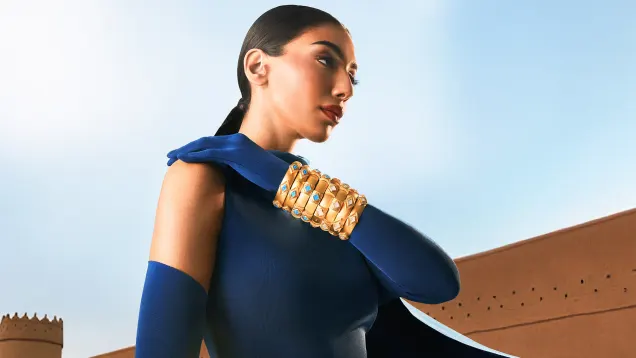
Our Promise
Fast shipping
Receive your jewelry in maximum 3 days.
Return guaranteed
Requesting a return is quick and easy.
Ethical Sourcing
Ethically Sourced Materials
Payments
Buy in the most convenient way for you.

